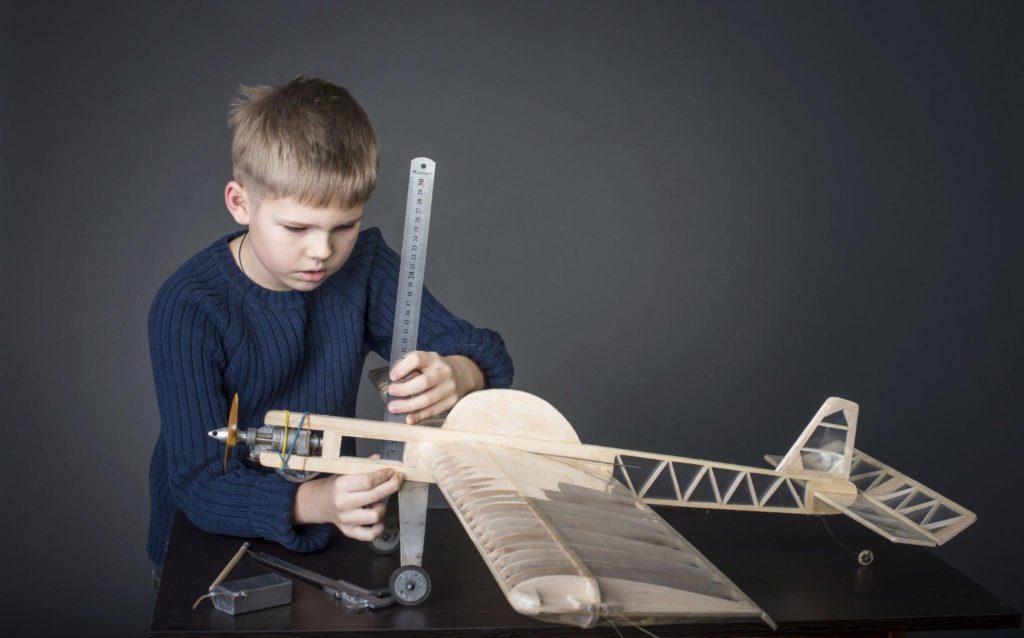Introduction
Are you Interested by the art of paper folding and its magnificent result—the paper airplane? Whether you are a kid seeking to impress friends or an aviation enthusiast who appreciates the intricacies of aerodynamics, there’s something magical about crafting a paper airplane and watching it soar through the air. But do you find that your paper airplanes don’t fly as far or as smoothly as you’d like? Fear not! In this blog post, we will delve into the world of paper airplane tweaking, experimenting with fold variations to achieve better performance.

The Basics of Paper Airplanes
Before we dive into advanced paper airplane designs and tweaking techniques, let’s start with the basics. To make your first paper airplane, follow these simple steps:
- Take a standard letter-sized piece of paper and fold it in half lengthwise.
- Unfold the paper and fold the top corners down to meet the center crease, forming a triangle.
- Fold the newly formed triangle in half, bringing the bottom edge to align with the top edge.
- Now, fold the wings down from the triangle’s sides, making sure they are even on both sides.
- Finally, fold the wings down again to the desired angle to adjust the plane’s stability.
Voilà! You’ve crafted a best paper airplane that should give you a taste of the thrill that awaits with more advanced designs.
Experimenting with Fold Variations
1. The Nakamura Dart
Named after its creator, Ken Nakamura, the Nakamura Dart is an iconic paper airplane design known for its distance and accuracy. To create this masterpiece, follow these steps:
- Begin with a standard letter-sized paper in a portrait orientation.
- Fold the paper in half lengthwise, crease, and unfold.
- Next, fold the top corners down diagonally to meet the center crease, forming a diamond shape.
- Fold the top edges down again, aligning them with the center crease.
- Fold the plane in half along the center crease.
- Fold the wings down, leaving a small portion at the bottom unfolded.
2. The Boomerang Paper Plane
Looking for a paper airplane that comes back to you? The Boomerang Paper Plane is your answer! This design involves some additional folds, but the result is worth it. Here’s how you can create your Boomerang Paper Plane:
- Start with a square sheet of paper.
- Fold the paper in half diagonally, forming a triangle, and unfold.
- Fold the top point of the triangle down to meet the bottom point, creating a smaller triangle.
- Unfold the previous fold, and then fold the left and right corners of the triangle toward the center crease.
- Flip the paper over and fold the bottom edge up about one inch.
- Fold the wings down from the sides, following the diagonal edges of the top triangle.
3. The Windstorm (aka Wind Fin)
The Windstorm paper airplane is designed for speed and agility, making it an excellent choice for racing. Follow these steps to craft this sleek flyer:
- Start with a standard letter-sized paper in a landscape orientation.
- Fold the paper in half widthwise, crease, and unfold.
- Fold the top edges down to meet the center crease, forming a kite shape.
- Fold the top edges down again to align with the center crease.
- Fold the plane in half along the center crease.
- Fold the wings down, leaving a small portion at the bottom unfolded.
FAQ
The Nakamura Dart and the Windstorm are two of the best paper airplanes for distance due to their aerodynamic designs.
Achieving straight flights requires precise folds and balanced wings. Experiment with different wing angles and elevators to find the optimal configuration.
Absolutely! Simple designs like the basic paper airplane and the Boomerang Paper Plane are perfect for kids to enjoy.
For an in-depth look at the science behind paper airplanes’ flight, check out The Flight Science Behind Paper Airplanes.
If you’re a beginner, you can start with the Nakamura Dart or the basic paper airplane design for a straightforward folding experience.
Visit Liftndrift for a wide range of paper airplane designs, instructions, and fun tips to enhance your paper folding skills.
As you venture into the world of paper airplane design, remember that experimenting and tweaking are key to achieving better performance. Whether you’re aiming for distance, speed, or simply want a paper airplane that impresses, the journey of testing different fold variations is both educational and exhilarating. So, grab a piece of paper, embark on a creative journey, and let your paper airplanes soar to new heights!

